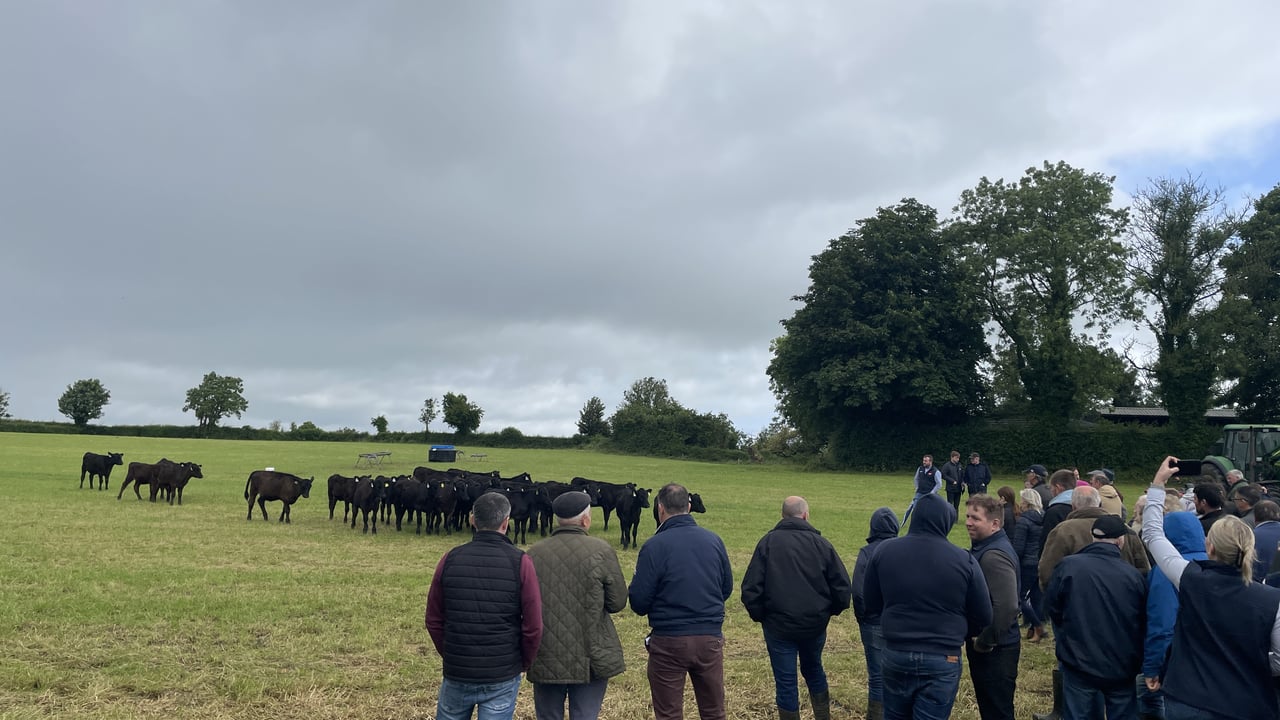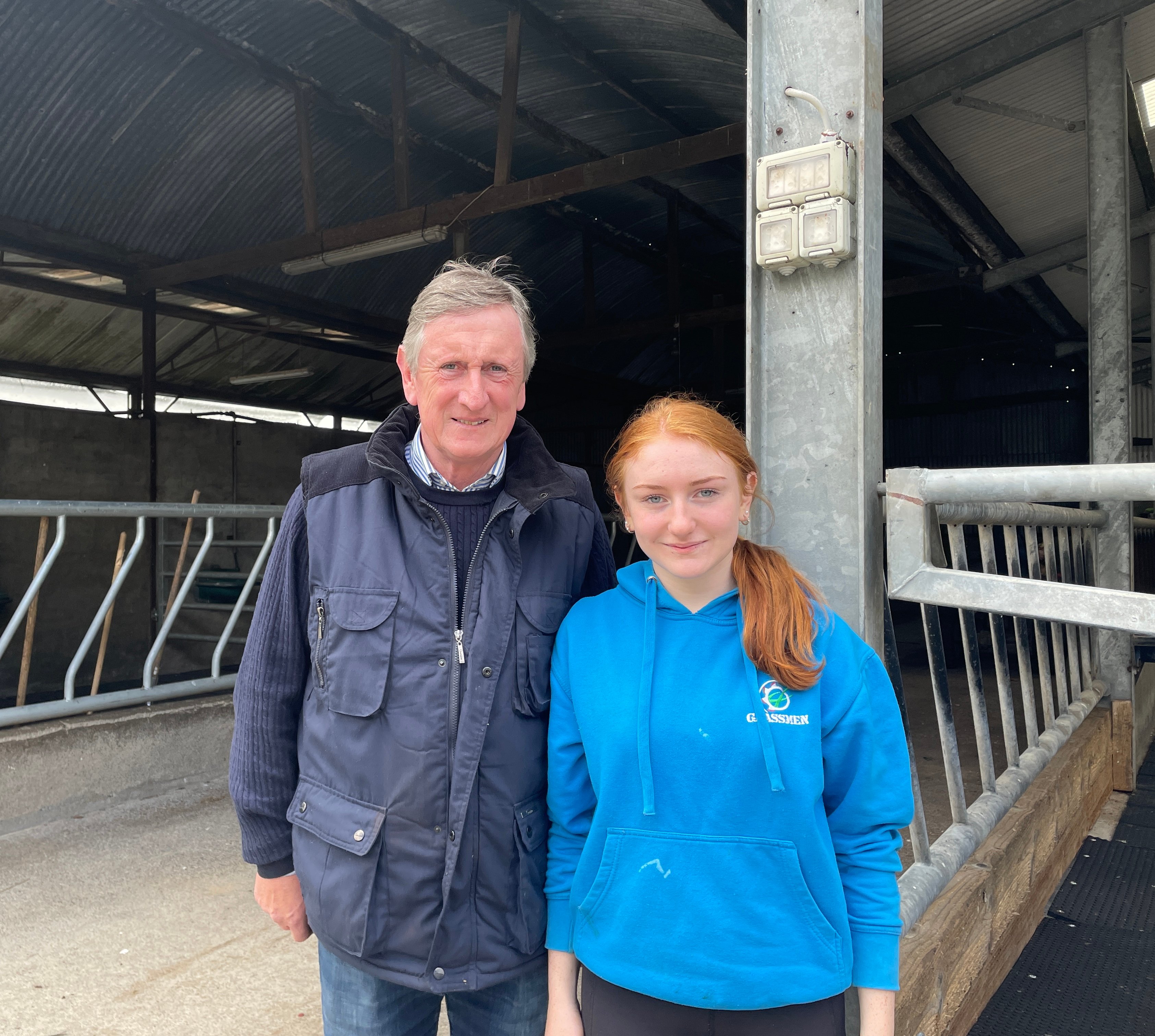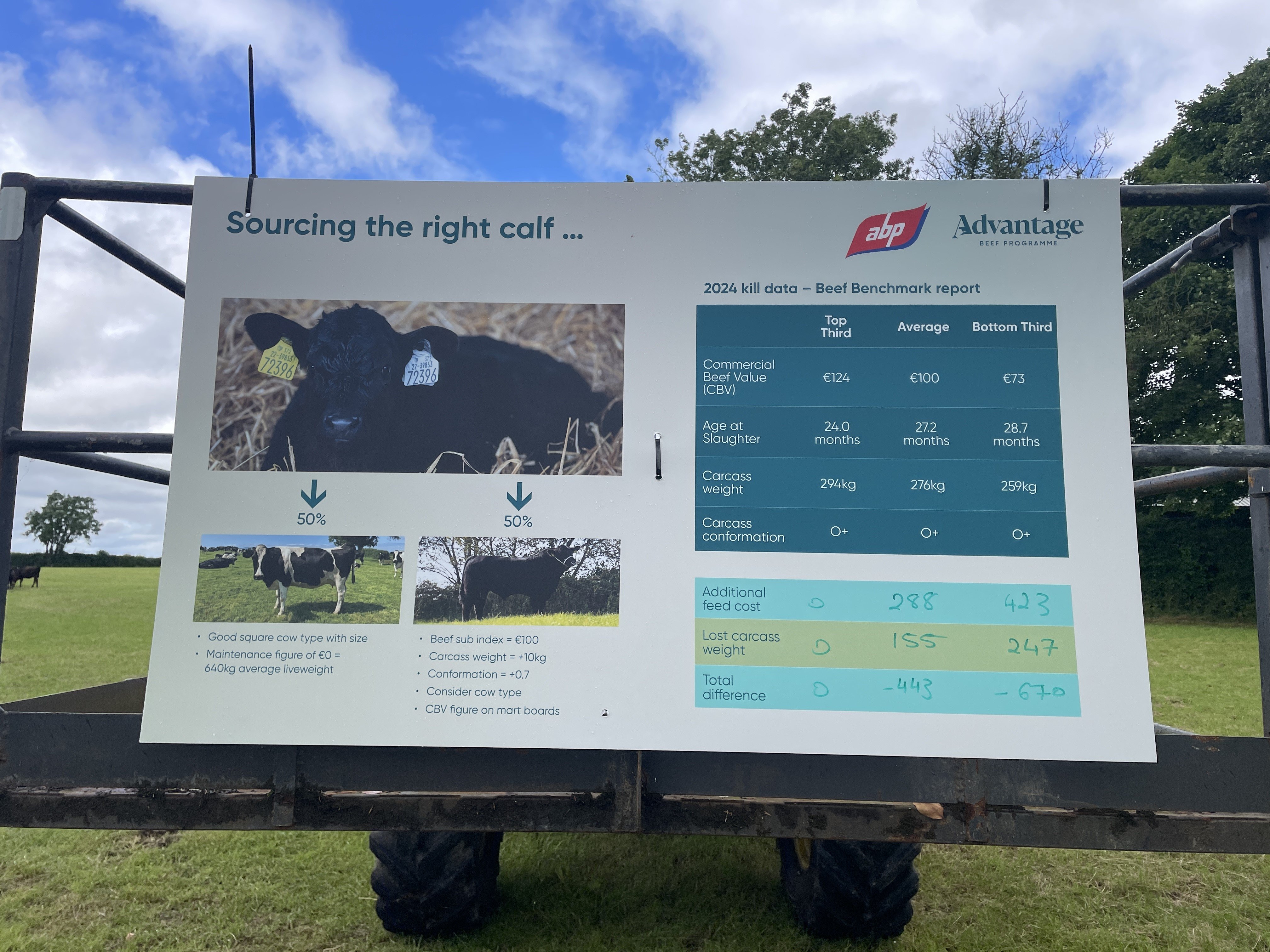Advantage Beef Programme
Joe Quinn is running a dairy calf to beef system just outside Moydow in Co. Longford with the help of his wife Connie, his son James and daughters Jenny and Katie.
Quinn gave a detailed account of his farm to fellow farmers attending the farm walk on Wednesday, July 3, which also hosted speakers from ABP and Agritech, with experts from Teagasc also available on the day.
Quinn buys all AA heifers that are between three to six-weeks-old. He purchases two batches of calves from the same farm, buying 33 calves each time, bringing a total of 66 calves to his farm each spring.
The cost of each calf, including transport, was €227.
The 66 calves are kept in the separate batches, as they were purchased, with each batch kept on a straw bedded shed.
The calves are kept on a milk replacer for 40 days, and Quinn said that one bag of milk replacer (costing €48/bag) is sufficient for each calf, and he said that it takes just two to three days for the calves to be trained to use the automatic calf feeder.
When Quinn bought the automatic calf feeder for €12,300, he was eligible for a 40% grant and received his VAT refund back at the time, bringing the cost to €6,300.
"Keep the milk in the feeder, keep the crunch in the trough, and keep an eye on them."
The calves are weaned at 11-12 weeks, after spending six weeks in the shed.
His three-bay straw bedded shed is well-ventilated, helping to minimise disease risks, with Quinn adding that hygiene was the "most important" factor on his farm.
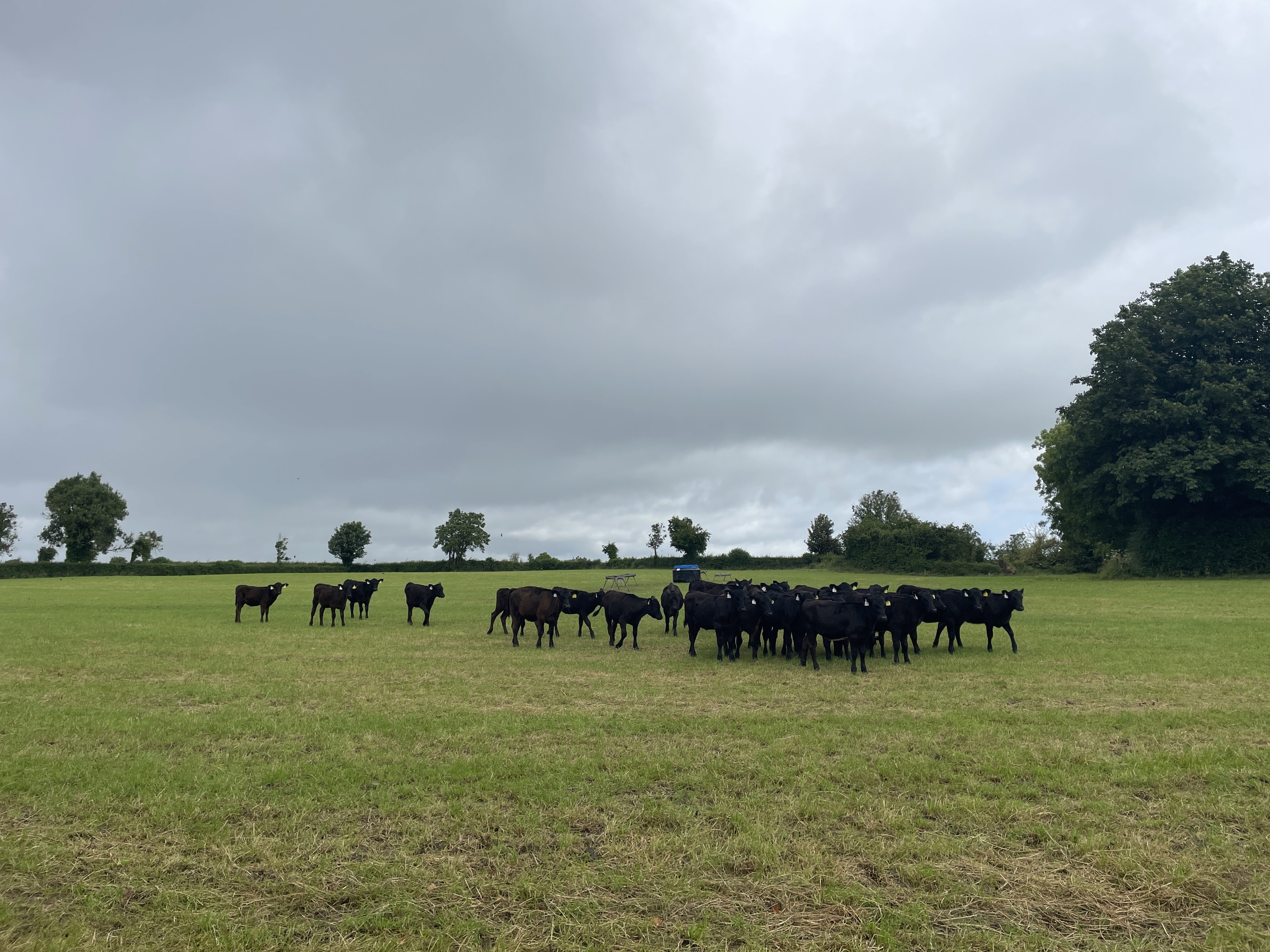
With the calves now out on grass, Quinn is feeding them 2kg/meal/day due to the weather and the shortage of grass.
He said this is what he expects to feed them "potentially until September" and he will weigh the calves in the coming weeks.
Quinn previously ran a system with Charolais heifers on his 140ac farm when he generally kept between 40 and 50 cattle, but it was during the Covid-19 pandemic they decided to get into calf rearing.
The heifers seen above on Quinn's farm are currently 16-months-old, and they are due to reach their age for slaughter at 24 months.
Oisin Lynch of ABP explained that they sourced the heifer calves for Quinn from a farm in Clonakilty, Co. Cork, which were "predominantly from a Holstein-type cow".
Lynch said the calves are from an Angus bull, Laheens Pierre AA 4874 with a dairy beef index (DBI) of €196 and a total beef sub-index of €95.
Lynch then displayed the 2024 kill data on Quinn's farm, as seen below:
The data was divided in to the top third, average, and bottom third of the cattle performance on the farm.
Lynch then calculated the values of the additional feed costs, the lost carcass weight, and the total difference in value of the cattle that were slaughtered at 24 months, compared to those slaughtered at 27.2 and 28.7 months.
The carcass performance in 2023 saw an average carcass weight achieved on the farm of 286kg, with average grades of O+ with a fat score of 3+ (slaughtered at 24.9 months).
In 2024, the average carcass weight is lower at 279kg, but the age at slaughter has been reduced to 24-months-old.
